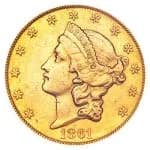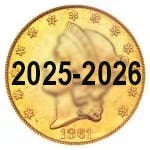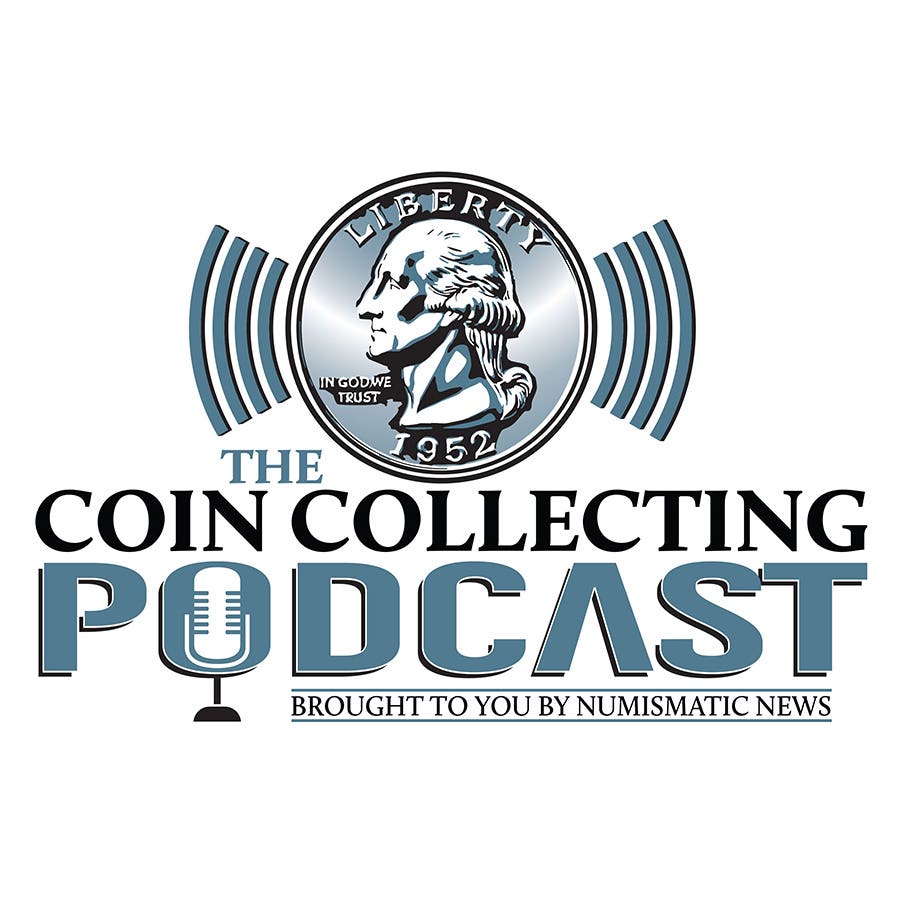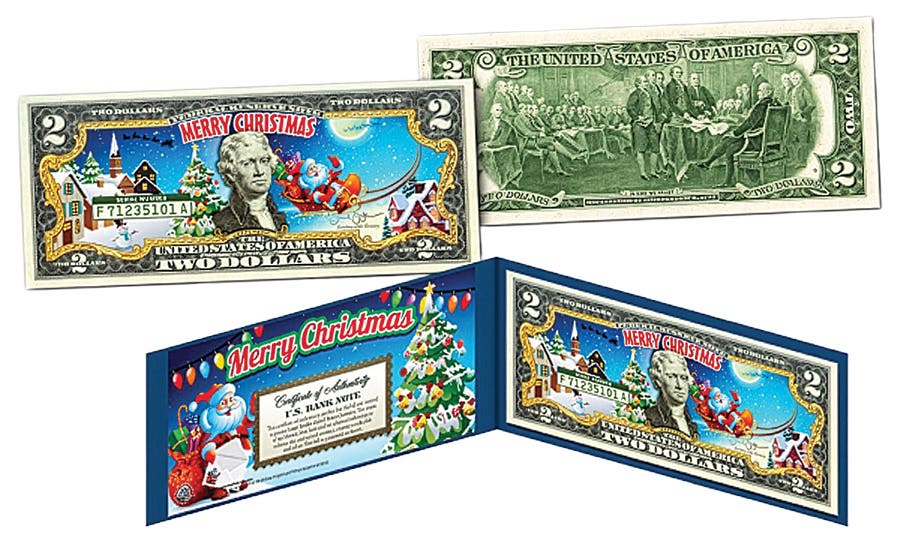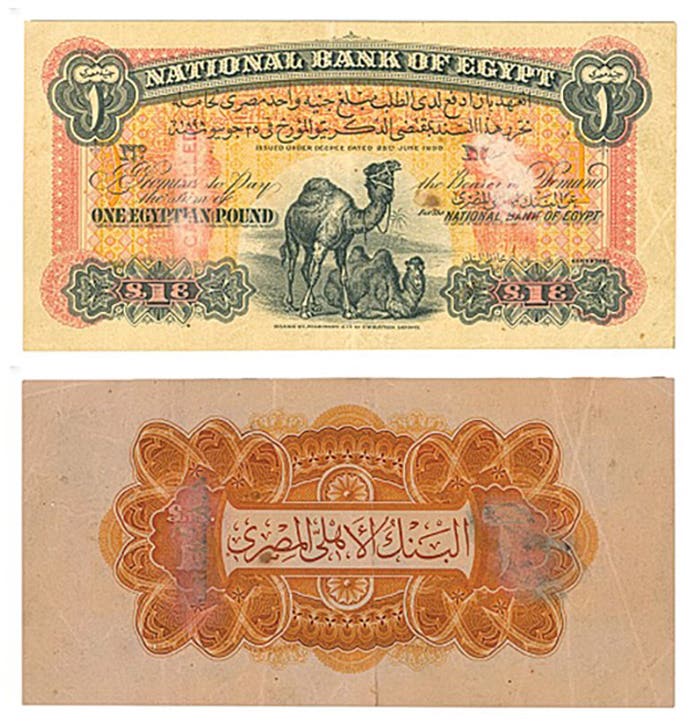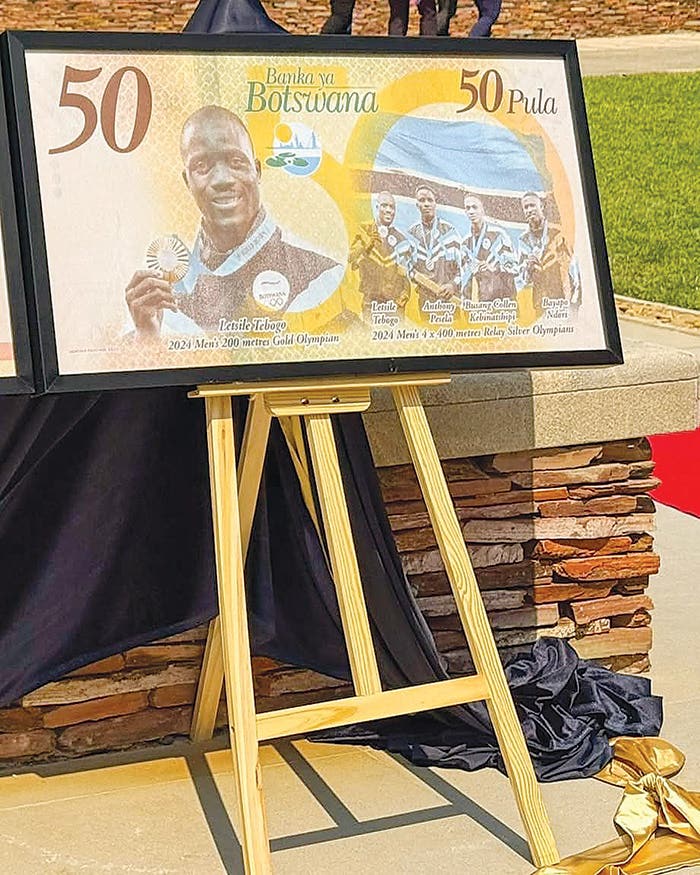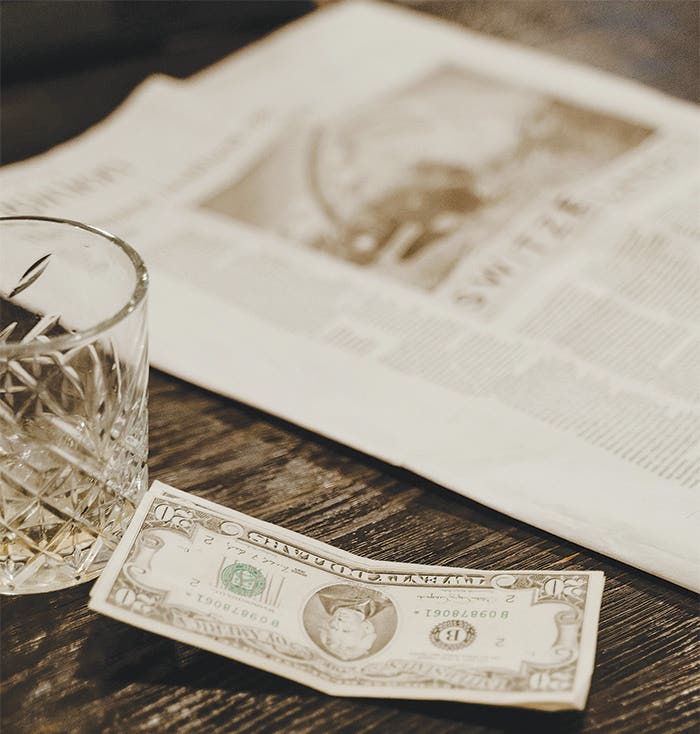$1 and $2 Red Seals: Rare U.S. Notes with Big Collector Value
From scarce star notes to valuable mule varieties, these red seal dollars and twos are must-haves for serious paper money collectors.
In 1928, small-size notes began to replace large-size notes that were being retired. Within this group, only a 1928 small-size $1 note was issued with red seals. The star note of this variation is quite rare. I could only afford a low-grade star, a Fine 15 example. High-grade stars brought $30,000, so I paid $3,000 for a Fine 15. I also purchased a non-star gem for a much lower price.
These two interesting notes completed the set of $1 red seals. The $2 red seals were issued in 1928, 28A, 28B, 28C, 28C mules, 28D, 28D mules, 28E, 28F, 28G, 52, 53A, 53B, 53C, 63, 63A, and they took on green seals in 1976, 1995, 2003, and 2003A.
The mules and the 28 issues all contain pricey varieties and are expensive even in low grade. The super key is the 1928B star, which is costly in all grades, especially since there are only nine known stars of this type.
The 28 varieties include several rare and hard-to-find notes. The red seals make for strikingly attractive notes. In low grade, however, they can be quite ugly. If you look carefully, you may find scarce mules in low grade. Some of these low grades are quite expensive and worth looking for, especially low-grade stars.
This was particularly true at small shows, where many dealers did not thoroughly check these notes. For example, some mules to look for are the 1928C and 1928D mules, which can be identified by the obverse. The C mules have backs with numbers 289–294. D mules have 28C backs #288 or lower. They are very tiny numbers.
You may see $2 red seals with missing corners. This is a result of the belief that $2 bills were unlucky. I recall an irritating episode that occurred in the early 1950s. I received a red seal $2 note while on my paper route. They were scarce enough at that time to catch my notice. I was showing it off to other paper boys when one of them grabbed it and tore a corner off, saying it was bad luck. I was quite irritated with that action, but obviously, it had lost value with a missing corner, so I turned it in with my paper bill. At that time, I only collected coins, so it was not a big deal, but a matter of irritation.
When I began collecting notes, the red seals had ceased to be issued with the 1963 green seal. When I started collecting red seal $2 bills, they were no longer in circulation, so I had to look for them at local shows. Typically, dealers with $2 bills had groups of circulated red seal notes. Based on paper money catalogs, I looked through the bundles and found all the red seal varieties, except for the 1928B Star. This is no surprise, as that star is quite rare and worth many thousands of dollars. As mentioned earlier, the mules are a bit difficult to identify, but I am sure there are still very scarce notes out there in stacks of notes and dealer stock.
United States Notes, easily recognized by their red seal, were the first official national currency issued by the U.S. government. According to the Bureau of Engraving and Printing, although they are no longer printed, they remain redeemable through the U.S. Treasury.
You may also like:

